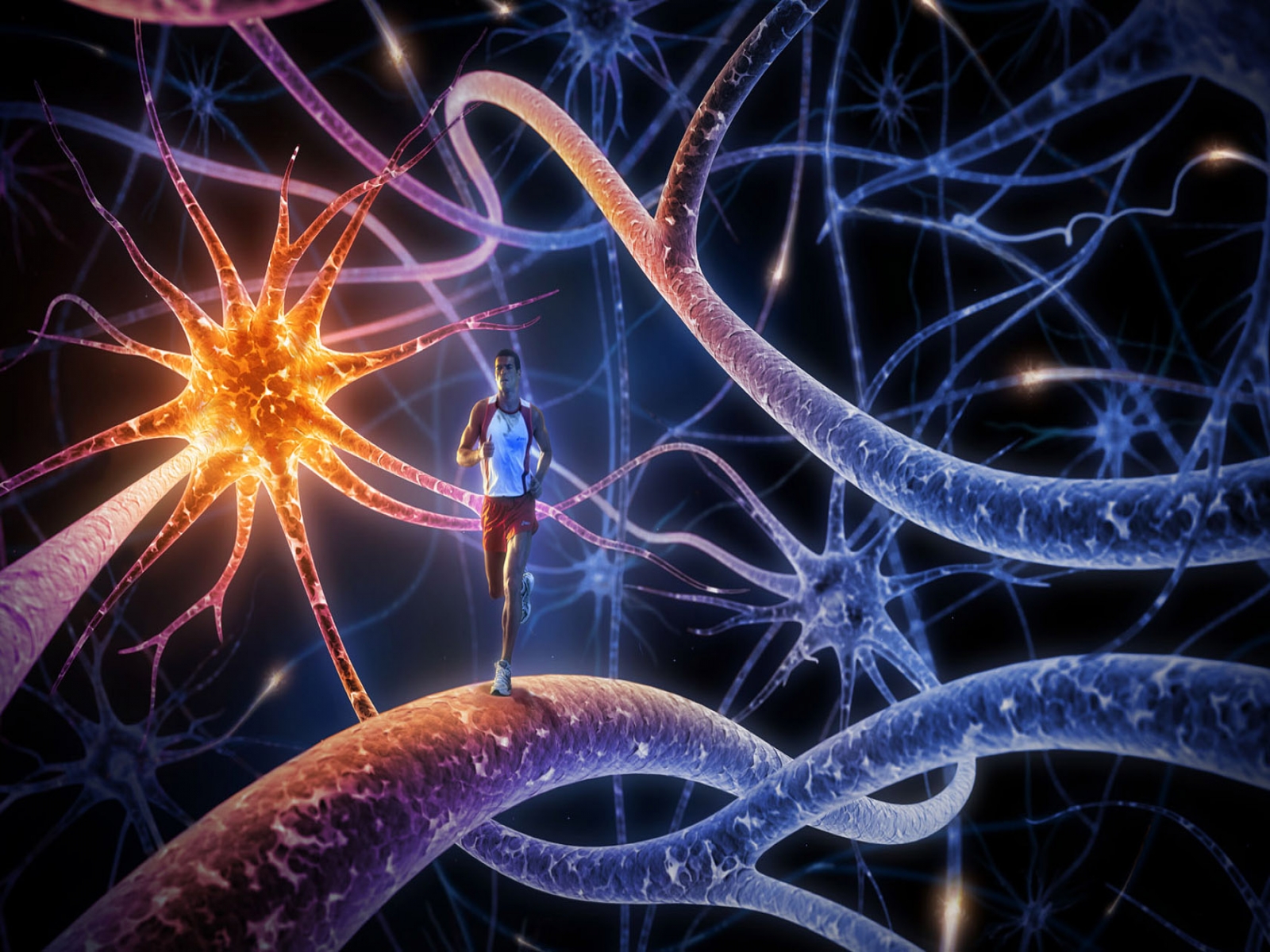Information zooms along nerves at about 400kmph

Information Zooms Along Nerves at About 400kmph
/GettyImages-141483691-4cc225237a5945f8ab949d936f52c48e.jpg)
The human body is an extraordinary machine that constantly amazes us with its complexity. One of the wonders that takes place within us every second is the rapid transmission of information along our nerves. Believe it or not, information zooms along nerves at about 400 kilometers per hour (km/h) - that’s faster than the speed of some high-speed trains!

The nervous system is responsible for transmitting electrical signals that carry information throughout our body. This intricate network of nerves, also known as neurons, allows us to perceive the world around us, move, think, and perform countless other functions.
To understand the impressive speed at which information travels within our nerves, we must first comprehend the structure of these remarkable cells. Neurons consist of three main parts: the cell body, dendrites, and axons. The cell body contains the nucleus, which is responsible for regulating the cell’s activities. The dendrites receive information from other neurons, while the axon transmits information to other cells.
However, it is the axons that truly deserve our attention, as they play a crucial role in the speedy transmission of information. Axons are elongated structures that can vary in length from a few millimeters to as long as a meter. They are covered by a fatty substance called myelin, which acts as an insulating layer and enhances the speed of transmission.
When an electrical impulse is generated in a neuron, it travels down the axon and initiates the release of chemical messengers called neurotransmitters. These neurotransmitters cross small gaps called synapses and allow the electrical signal to jump from one neuron to the next. This process, known as synaptic transmission, enables rapid and efficient communication between neurons.
The speed at which information travels along our nerves depends on several factors, including the diameter of the axons and the presence of myelin. Larger axons and axons with a myelin sheath allow for faster transmission speeds. Therefore, sensory nerves that carry crucial information from our senses, such as touch or pain, tend to have larger axons and more myelin.
In addition to the physical properties of neurons, the human body employs a variety of techniques to ensure quick transmission. These include specialized junctions between cells called gap junctions, which allow electrical signals to pass quickly from one cell to another, bypassing the need for neurotransmitters.
All these amazing adaptations and mechanisms work together to enable the transmission of information at incredible speeds along our nerves. Without this rapid communication, our bodies would struggle to sense the environment, react to stimuli, and coordinate various functions necessary for survival.
In conclusion, information zooms along nerves at about 400 km/h, thanks to the intricate structure of neurons and the use of myelin to enhance transmission speed. The phenomenon of rapid nerve transmission is just another testament to the marvels of the human body and its ability to adapt and optimize processes for efficient functioning.
*Source: Verywell Health
Tags
Share
Related Posts
Quick Links
Legal Stuff

